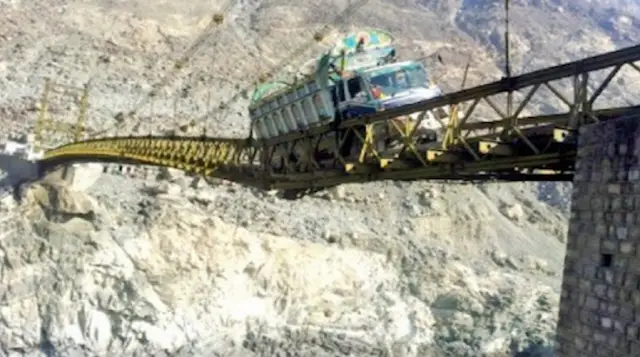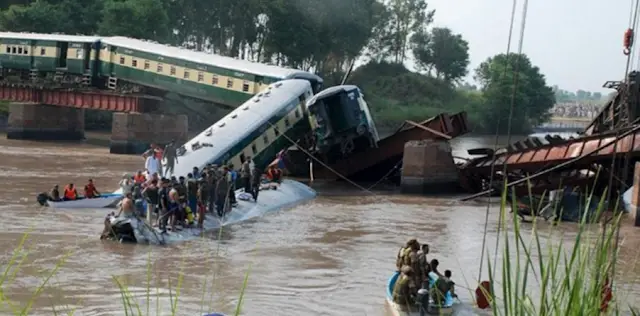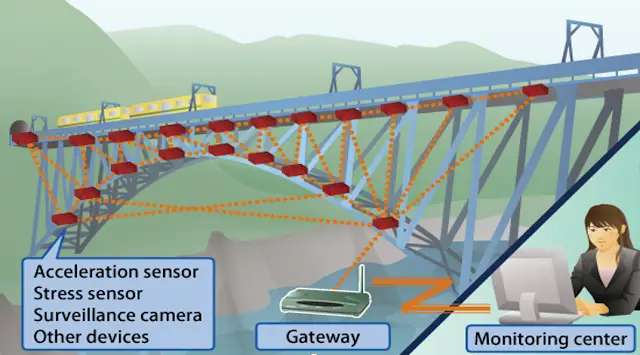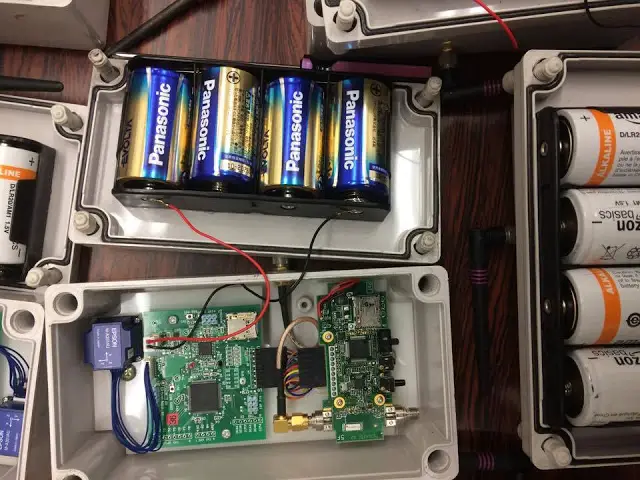What is Structural health monitoring (SHM)
Structural health monitoring (SHM)
Civil infrastructures such as bridges, viaducts, buildings, dams etc. are valuable national assets that must be maintained to ensure public safety. In a modern society, these structures facilitate our transportation networks, industrial activities, and everyday life.
Currently, most of these infrastructures especially bridges, are either reaching their design lives or have passed their service period so they need to be replaced or retrofitted to remain in service, hence an effective structural health monitoring system is the only key to accomplish the aforementioned tasks.
Continuous evaluation of structural condition and timely maintenance of infrastructures offers the opportunity to prevent the catastrophic collapse and increase the life of structures.
Every structure deteriorates with time due to numerous reasons such as fatigue, effects of environmental conditions, damages due to aging, destructive events like earthquakes or wind-induced vibrations, and floods etc. These circumstances require routine or critical-event based assessments as a means of continuous monitoring of a structure to provide an estimate of changes in dynamic properties such as mass, stiffness and dampness etc. as a function of time and an early warning of an unsafe condition may be issued. Continuous monitoring systems allows for structural monitoring immediately after natural hazards (earthquake, flood and tornado) and man-made disasters (arson and terrorist bombing) reducing the impact of such disaster both economically and socially.
Thus, above discussion elaborates the importance and needs of health monitoring of structures that has been a concerned research topic of structural engineering in recent years.
The ultimate goal of Structural Health Monitoring is to predict the remaining life of structures e.g. bridges, viaducts or buildings etc. so that an efficient repair or replace program may be executed.
While implementing structural health monitoring techniques, its major damage identification levels are needed to be observed viz. identification of existence of damage, damage location identification, extent and type of damage and determining remaining life of structure, respectively. Many methods and instruments are present to estimate these damage identification levels like Strain gauges, inclinometers, Eccentric Mass Vibrator (EMV), Lesser Doppler Vibrometer (LDV), Integrated Accelerometer system, fiber optical sensors and Wireless sensors etc. This is very important to know that these methods or instruments are only helpful for first three damage identification levels and the last level i.e. predicting remaining life of the structures is still a great challenge and a crucial research field.
Methods that efficiently use wireless sensing devices for damage detection are either nonexistent or under development.
Wireless sensors technology is new for structures with following advantages:
· Wire handling problems eliminates
· Saving installation and maintenance cost
· Reduced fabrication cost
· Real time computational ability.
With the help of developed Wireless sensing devices local damage would be better identified which contributes to effective structural health monitoring and in assessing remaining life of the structure which is ultimate goal of the structural health assessment.


















